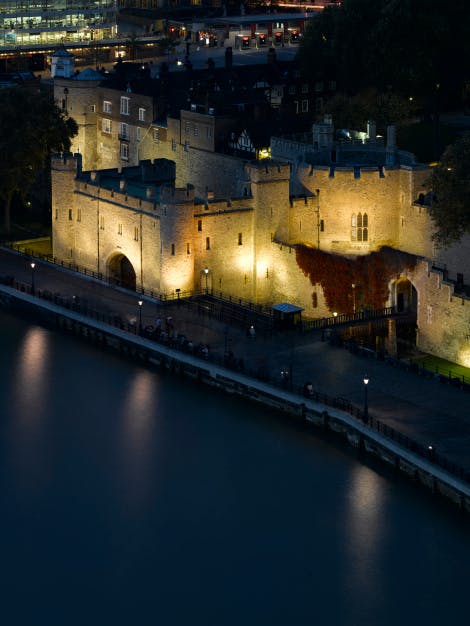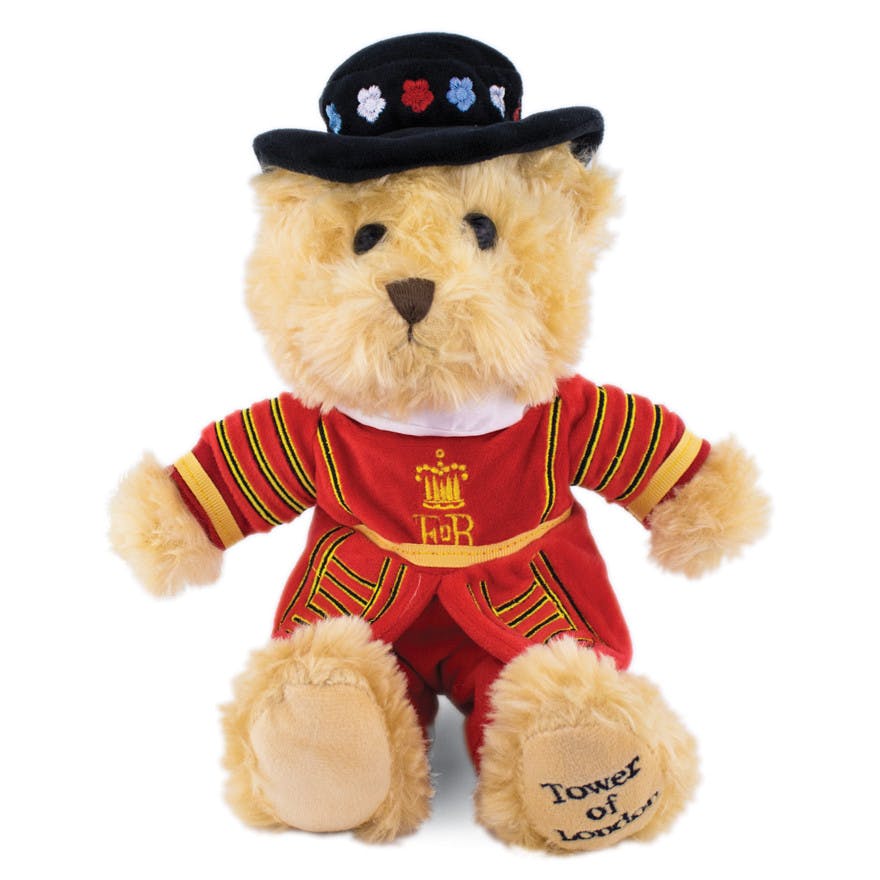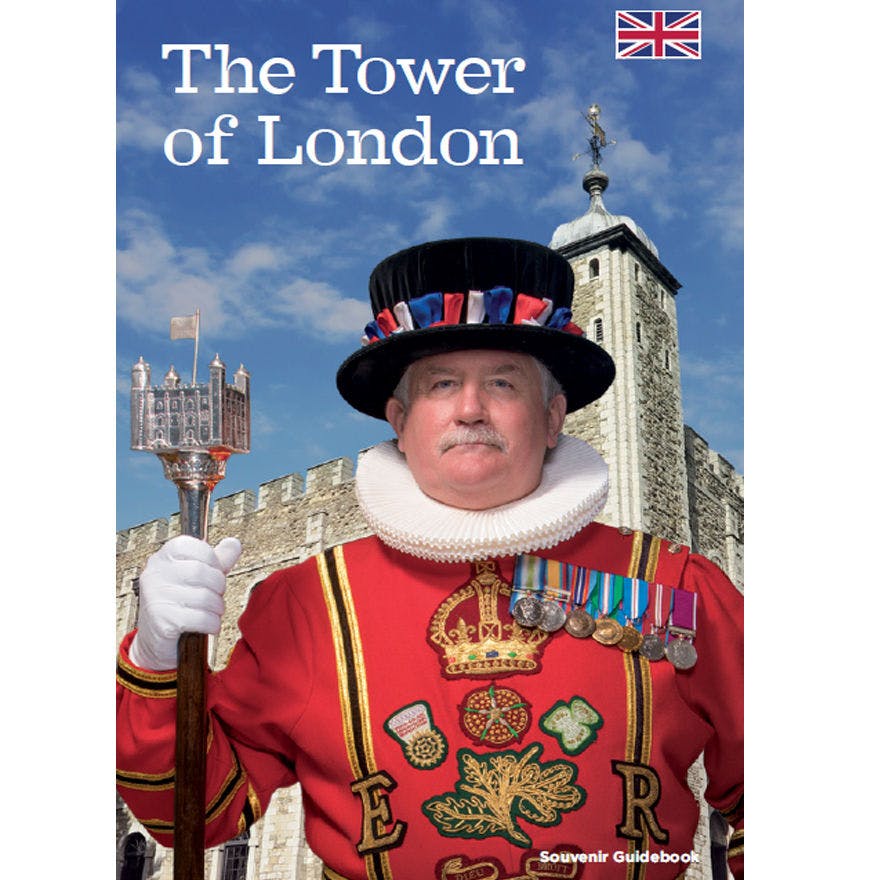
Skip the event ticket details and go to event summary.
When
Closed
Where
The Moat West side
Ticketing information
Included in palace admission (Members go free)
Buy Tower of London ticketsThe history of the Tower Moat stretches back to William the Conqueror, who had a defensive ditch dug to protect the White Tower from attack.
As the size of the Tower expanded outwards, thanks to the building works of Henry III and Edward I, the moat grew with it.
The moat today retains the basic shape created for Edward I in the 1270s, but has been adapted and put to various new uses through the centuries.
Feeding the Tower
In medieval times, the Moat was teeming with fish – an important source of food for the hundreds of nobles and servants in the royal household. An incredibly well-preserved medieval fish-trap, unearthed from the Moat, is on display at the Medieval Palace.
By the 1840s the water in the moat had become stagnant and polluted. On the orders of the Constable of the Tower, the Duke of Wellington, the moat was drained and partially filled in.
Since then the moat has been used as a parade ground and a place of recreation for the Tower’s residents. In World War II, the Moat was used as an allotment where residents, including Yeoman Warders, grew food to supplement their rations.

Image: Late medieval wicker fish trap on display in the Medieval Palace, Tower of London. © Historic Royal Palaces
The Lion Tower
Look out for the lifelike sculptures of a family of lions by the west side of the Moat, near the Middle Tower entrance. This is close to the site where the semi-circular Lion Tower once stood, which was home to the Tower’s Menagerie.
After the Duke of Wellington closed the Menagerie in 1835, the remaining animals were sent to new homes and the Lion Tower was destroyed.

Image: Lion sculptures by Kendra Haste. © Historic Royal Palaces
From poppies to Superbloom
In 2014, the Moat was flooded with poppies - a dramatic art installation called "Blood Swept Lands and Seas of Red". Marking the centenary of World War I, each of the 888,246 ceramic poppies represented a military fatality in the war.
In summer 2022, to mark the Platinum Jubilee of Queen Elizabeth II, the moat transformed from a barren, flat lawn into a haven for bees, butterflies and other pollinators in the heart of the city. The moat was filled with wildflowers, grown from 20 million seeds.
This unique and evolving space remains as a legacy of Superbloom and Elizabeth II's Platinum Jubilee, bringing life to this urban neighbourhood for the benefit of the surrounding communities and future visitors.
Learn more about the Tower Moat
Image: Wildlflowers fill the moat for Superbloom in 2022. © Historic Royal Palaces

The moat lit up for Superbloom in 2022. © Historic Royal Palaces
Explore What's on

- Things to see
The Crown Jewels
Discover the dazzling history of the Crown Jewels in the spectacular Crown Jewels exhibition.
-
Open
- Allow one hour
- Tower of London
- Included in palace admission (Members go free)

- Things to see
- Tours and talks
Yeoman Warder tours
Tour the Tower of London with a famous Yeoman Warder during your visit. Be entertained by tales of intrigue, imprisonment, execution, torture and much more...
-
Daily
- Tours begin every 45 minutes
- Tower of London
- Included in palace admission (Members go free)

- Things to see
White Tower
Marvel at the imposing White Tower, a magnificent example of Norman architecture at the heart of the Tower of London.
-
Open
- Tower of London
- Included in palace admission (Members go free)
Browse more History and stories

9 surprising facts about the Tower of London Moat
The Tower of London Moat wasn’t always the dry ditch that it is today. Did you know it was once filled with fish? Or that it has been used as an allotment? Here are 9 surprising facts about the moat at the Tower of London.

The story of the Tower of London
Iconic fortress, royal palace and infamous prison.

Anne Boleyn
How did Anne Boleyn become queen and why did Henry VIII execute her?
Shop online

Shop Tower of London
Shop our unique collection of gifts and souvenirs inspired by the almost 1000 years of history at the Tower of London.
From £2.50

Shop Beefeaters
Explore our collection of Yeoman Warder souvenirs and gifts including homewares, toys, books, decorations and more.
From £4.99

Official Tower of London Guidebook
Descriptive, informative, authoritative - this superb guidebook is the best way to learn all there is about the Tower of London.
£4.99
